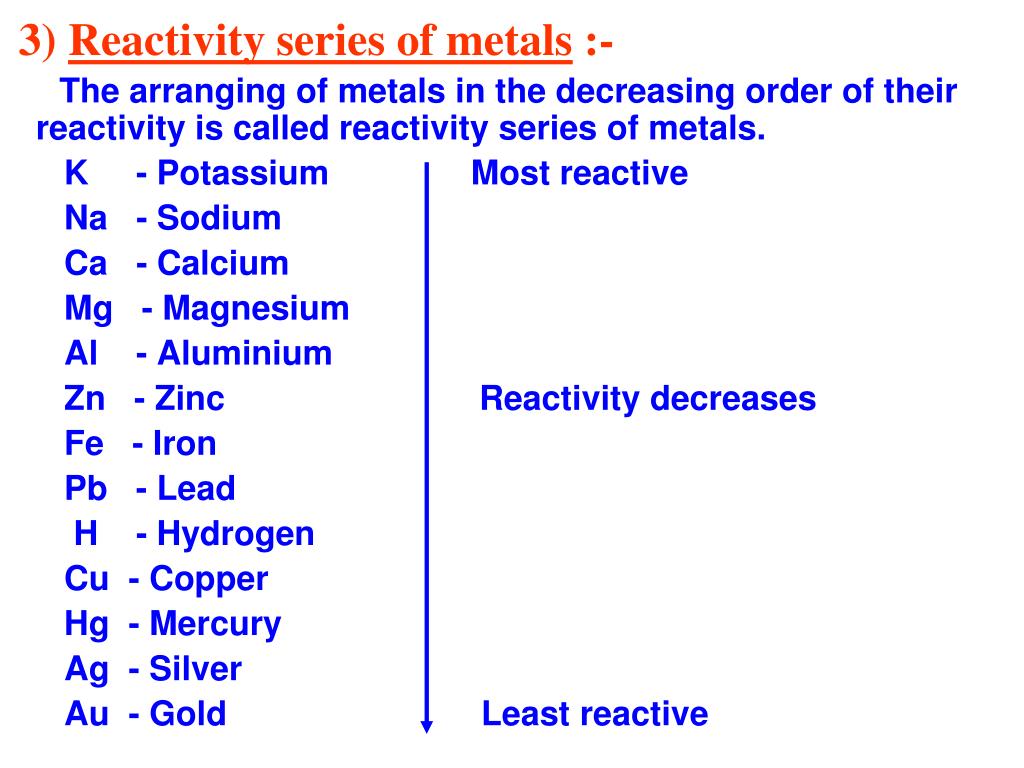
Appl Spectrosc 66(10):1233–1241Ĭocks EJ, Walters B (1968) A history of the zinc smelting industry in Britain. New Jersey Zinc Company, New YorkĬlementi C, Rosi F, Romani A, Vivani R, Brunetti B, Miliani C (2012) Photoluminescence properties of zinc oxide in paints: a study of the effect of self-absorption and passivation. Springer, Cham, pp 247–262īrown HE (1957) Zinc oxide rediscovered. In: Van den Berg KJ, Burnstock A, de Tagle A, de Keijzer M, Heydenreich G, Krueger J, Learner T (eds) Issues in contemporary oil paints. Stud Conserv 53(3):158–169īronken IAT, Boon JJ (2014) Hard dry paint, softening tacky paint, and exuding drips on Composition (1952) by Jean-Paul Riopelle. Springer, Cham, pp 227–246īordignon F, Postorino P, Dore P, Tabasso ML (2008) The formation of metal oxalates in the painted layers of a medieval polychrome on stone, as revealed by micro-Raman spectroscopy. National Gallery Publications Limited, Londonīoon JJ, Hoogland FG (2014) Investigating fluidizing dripping pink commercial paint on van Hemert’s Seven-series works from 1990–1995. īomford D, Kirby J, Leighton J, Roy A (1990) Art in the making: impressionism. Keywordsīertrand L, Refregiers M, Berrie B, Echard J-P, Thoury M (2013) A multiscalar photoluminescence approach to discriminate among semiconducting historical zinc white pigments. The condition of paintings affected by zinc soaps is challenging conventional approaches to cleaning and consolidation and requires continuing research. In other paintings, paint cleavage is associated with high concentrations of crystalline zinc soaps at unstable interfaces. They may manifest as disfiguring lumps or surface blooms resistant to removal. Zinc soaps are implicated in deterioration of increasing numbers of paintings dating from the nineteenth century onward. Aluminum stearate was found to strongly influence zinc stearate formation during investigations of naturally aged oil-based artists’ commercial and custom-produced reference paints containing zinc oxide in various oil and pigment combinations. Progression of soap formation and distributions are distinguishable in paint cross sections through correlation of microscopic images, elemental analysis and FTIR mapping. Fourier transform infrared spectroscopy (FTIR) is a highly sensitive technique for detection of metal carboxylates. Formation and crystallization of zinc soaps in paintings has serious visual and structural consequences. Release of fatty acids via hydrolysis is particularly implicated. Pigment properties, oil composition, paint additives and environmental conditions are all significant factors in this process.

Zinc white – zinc oxide – is a prevalent industrial age pigment which readily reacts with fatty acids in oil-based paints to form zinc carboxylates (zinc soaps).


 0 kommentar(er)
0 kommentar(er)
